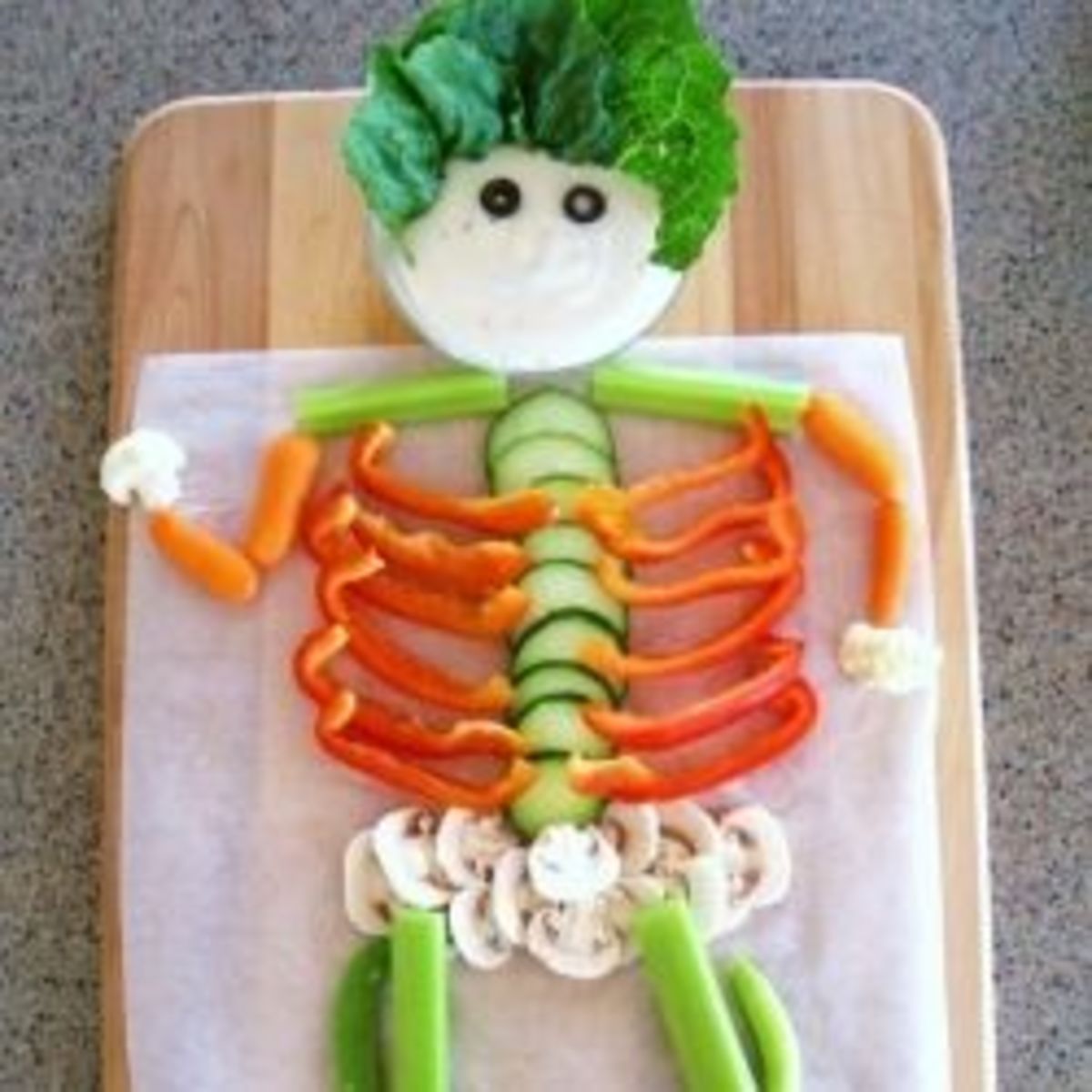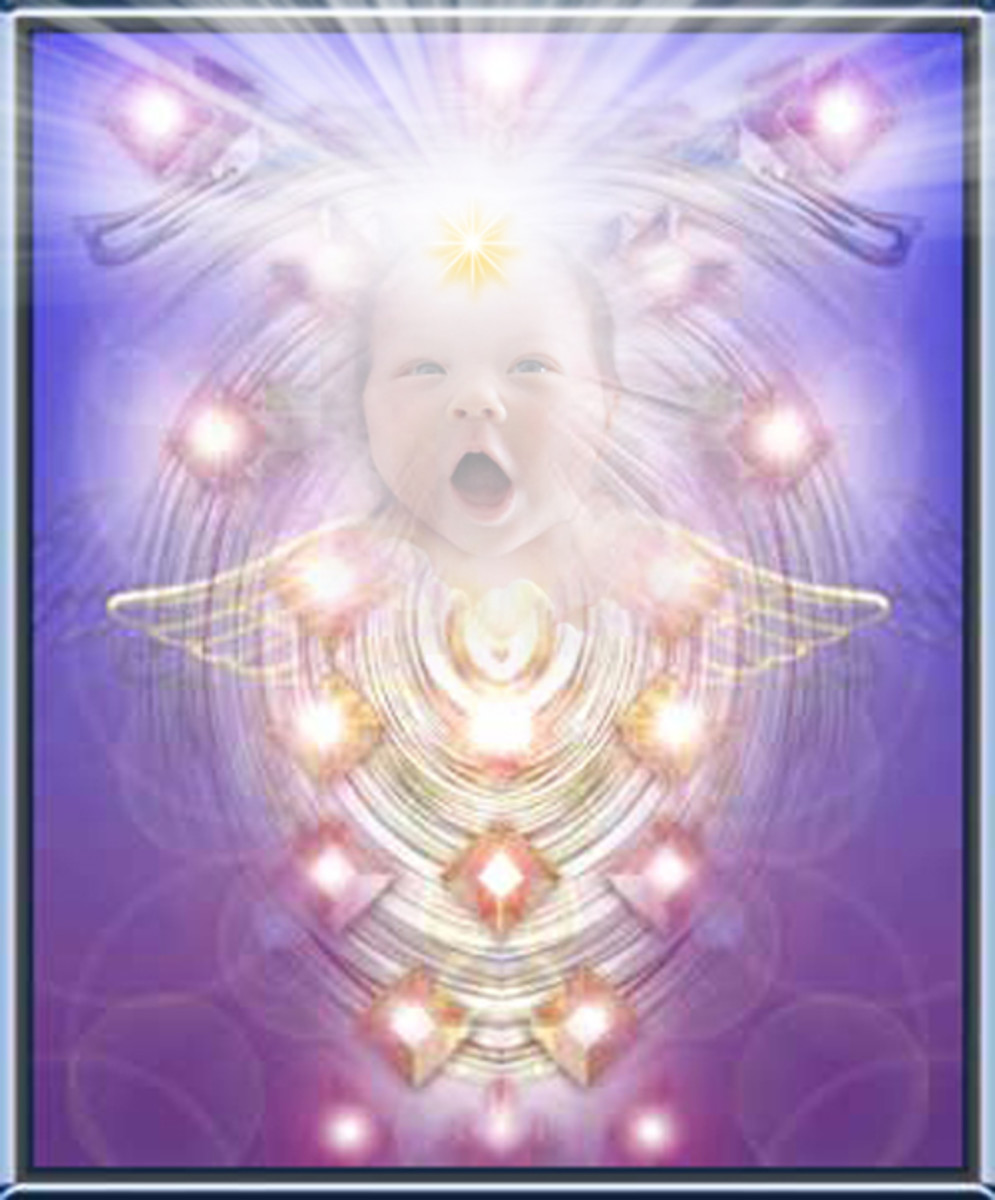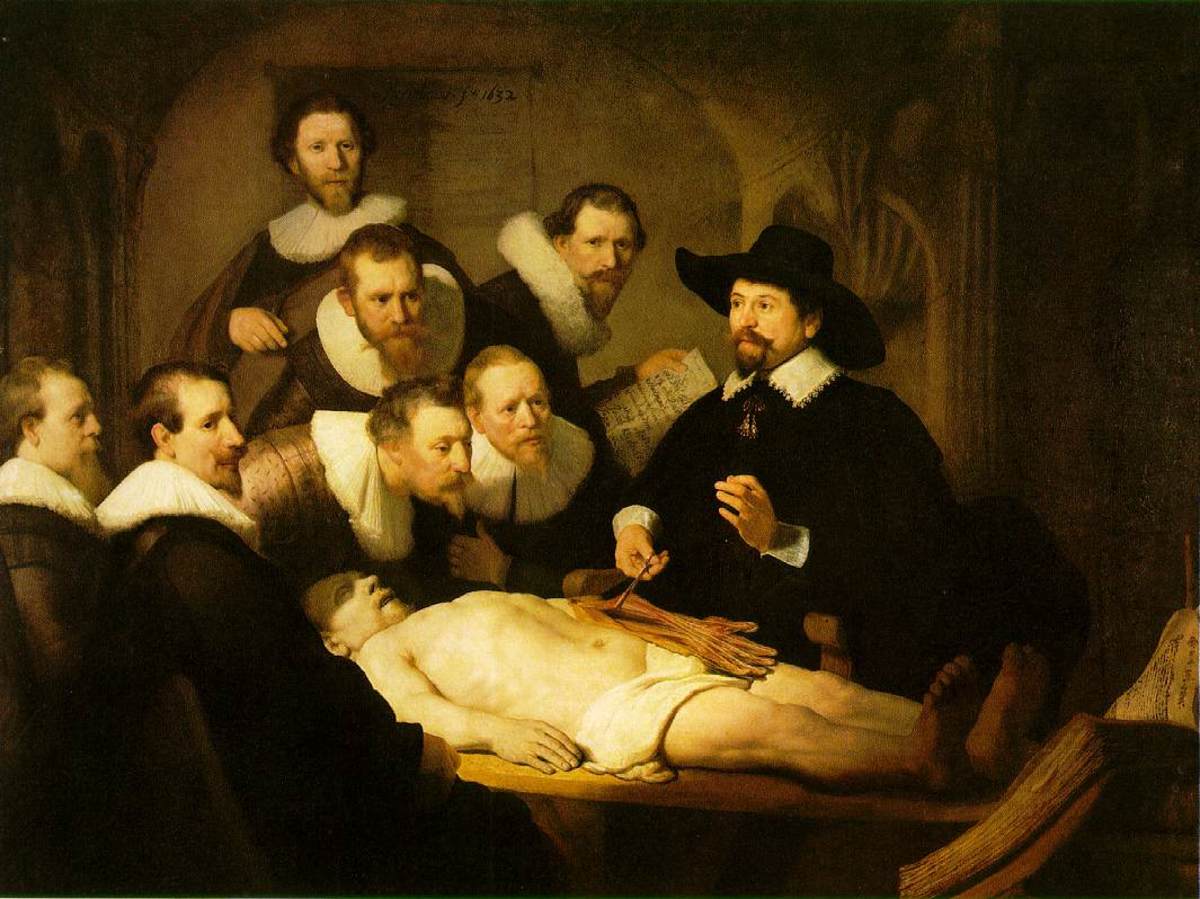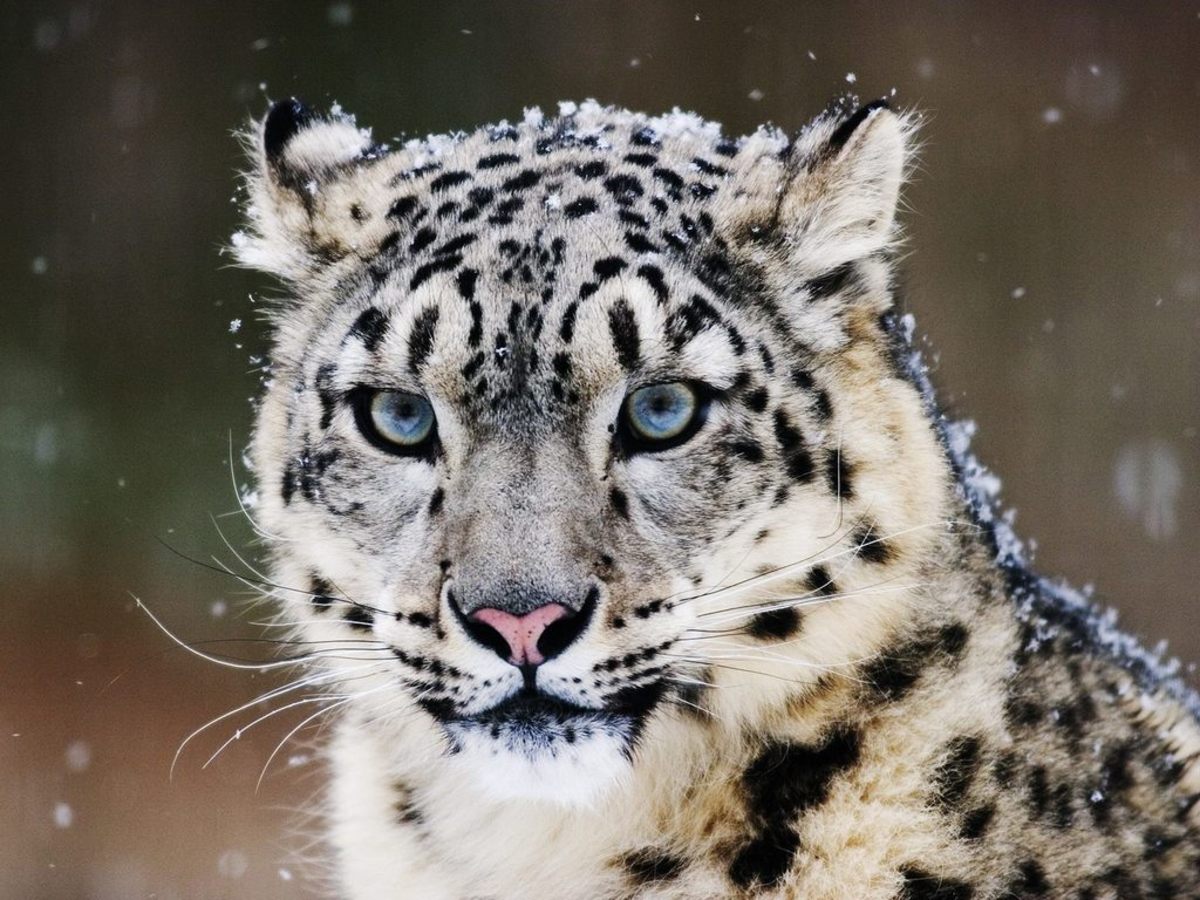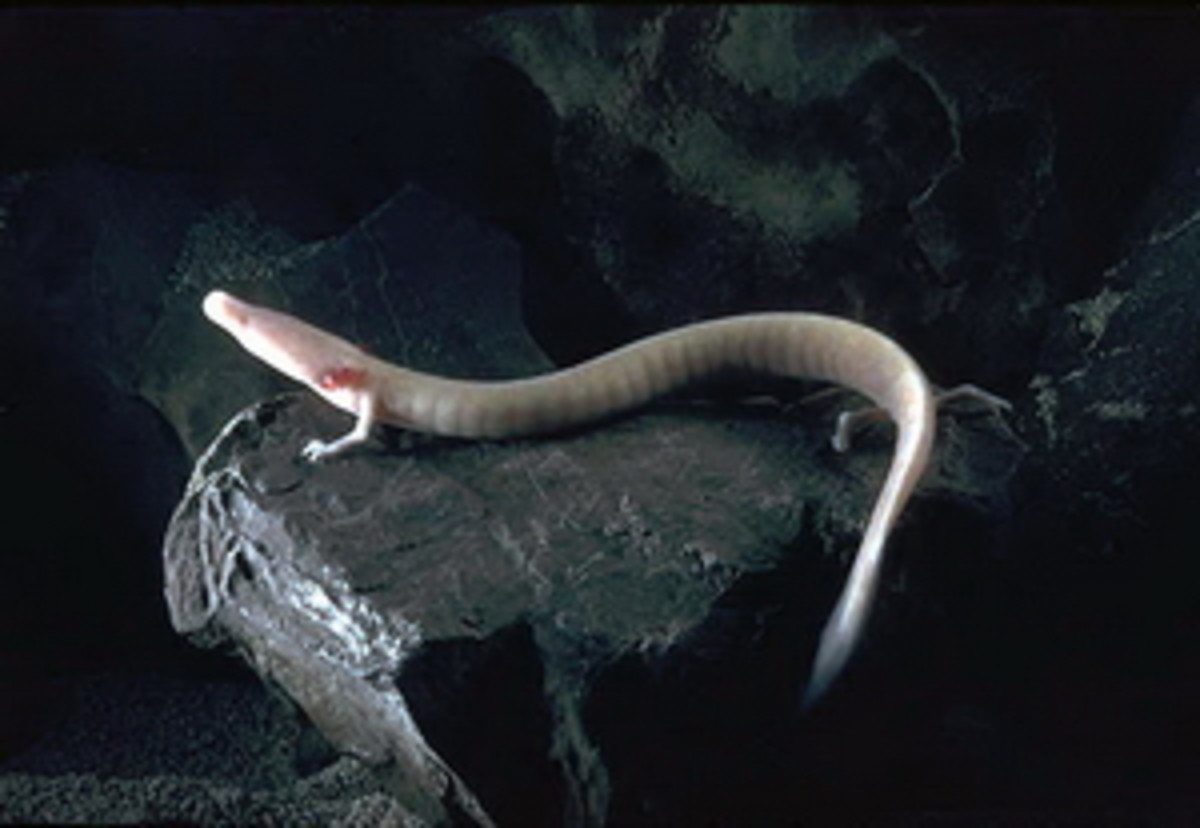What Does the Liver Do in the Human Body?
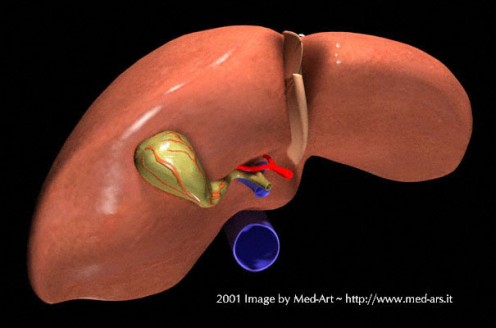
The Liver
The liver is the largest internal organ in the human body. It is located under the diaphragm on the right side of the upper abdomen, on the right of the stomach.
It is divided into 4 unevenly sized sections, called lobes.
Oxygenated blood enters the liver into the right lobe from the hepatic artery.
Blood from the spleen, pancreas and small intestine, carrying the nutrients and byproducts of food digestion, enters from the portal vein, also into the right lobe.
Deoxygenated blood is carried away by the hepatic veins and eventually back to the heart.
All functions are carried out by the hepatic cells, which make up 60% of the liver.
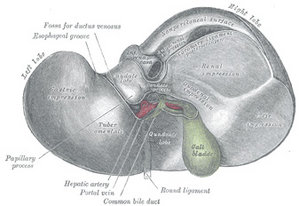
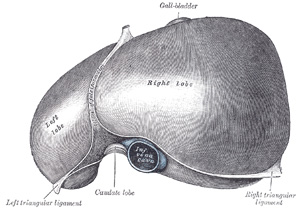
These functions are:
- Production of bile (or gall) ... Secreted by the liver, bile either drains directly into the duodenum, or it travels to the gallbladder where it is stored and concentrated until it is required.
- Bile salts increase the absorption of fats, and help the body absorb vitamins A, D, E and K.
- Bile also helps the body remove damaged red blood cells.
- Breaking down of insulin, and other hormones.
- Regulation of blood sugar level by converting sugars and storing and releasing them as required.
- Creation of cholesterol (required by every cell) and triglycerides (fats required for metabolism).
- Conversion of the metabolic waste product ammonia to urea (which is excreted by the kidney.)
- Production of blood proteins including blood clotting factors.
- Breaking down of toxic substances, including drugs and alcohol.
- Destruction of cell debris and microbes.
- Storage of iron, vitamin B12, copper, glycogen, and a wide range of other substances required by the body.
The Architecture of the Liver
Cirrhosis
Location of the Liver
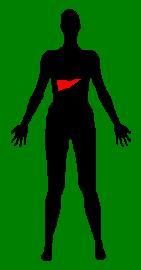
Did You Know ... ?
- As little as 25% of remaining liver can regenerate into a whole liver. The liver is one of only a few of your internal human organs capable of this natural regeneration of lost tissue.
- The liver is the second largest human organ, after the skin, and the largest internal organ. An adult liver weighs about 3 pounds (1.36kg).
- Cells in your liver carry out more chemical processes than any other group of cells in your body, converting most of the nutrients you digest into forms your body cells can use.
- Your liver produces about a quart (litre) of bile a day. 95% of bile salts are reabsorbed and reused.
- In some cultures, animal bile is mixed with soap and used as a pre-wash treatment to remove difficult stains!
- For the first three months after conception, the liver is the main site of red blood cell production in the fetus, before the bone marrow gradually takes over.
- Jaundice, which makes your skin and eyes appear yellow, is a common sign of a damaged liver.
- Jaundice is caused by bilirubin, a yellow breakdown product of your red blood cells, which builds up in your blood when your liver is not removing it properly.



